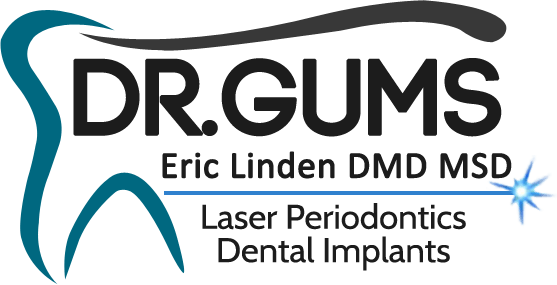The following letter was sent by Dr. Gordon Douglass, D.D.S., president of the American Academy of Periodontology.
January 24, 2003
Ms. Cornelia Dean
Medical/Health Editor
New York Times
229 W 43rd St.
New York, NY 10036-3959
Dear Ms. Dean,
I am writing to you with great concern regarding the article titled “Experts Debate the Best Way to Fix Ailing Gums” in the January 21, 2003, issue of the New York Times. The March 2002 clinical study referenced in the article further supports knowledge we have had for years that scaling and root planing with the use of adjunctive antibiotics, when needed, can help stabilize periodontal disease. However, neither this study nor any other has demonstrated bone growth from use of antibiotics. The article calls attention to a very important issue facing many dental practitioners today: what is the most cost-effective, minimally invasive means to keep periodontal diseases at-bay for each individual patient?
The American Academy of Periodontology (AAP) treatment guidelines have always stressed that periodontal health should be achieved in the least invasive and most cost-effective manner. This is often accomplished through non-surgical periodontal treatment, including scaling and root planing (a careful cleaning of the root surfaces to remove plaque and tartar from deep periodontal pockets and to smooth the tooth root to remove bacterial toxins), followed by adjunctive therapy such as systemic and local delivery antimicrobials and host modulation, as needed and on a case-by-case basis. Most periodontists would agree that after scaling and root planing, many patients do not require any further active treatment, including surgical therapy. Most periodontists also agree that determining surgical needs before assessing a patient’s response to non-surgical therapies is putting the cart before the horse. In fact, surgery is reserved for those situations when non-surgical therapies have failed to achieve the desirable clinical outcome of periodontal health, and to repair damage to gum tissue and bone as a result of periodontal disease.
Prescribing antibiotics as a first line of defense is not only unnecessary as most patients respond well without antibiotics, but it also disregards the Centers for Disease Control recommendations for appropriate antibiotic use for health care providers. As health care providers, it is important for all dentists to consider antibiotic usage guidelines in treatment planning, so that the effectiveness of their use is preserved for patients who do not initially respond to therapy; and to avoid contributing to one of the world’s most pressing public health problems namely, antibiotic resistance of bacteria.
The AAP continually monitors emerging research to identify therapies that further its members’ understanding of cost-effective, minimally invasive procedures in the treatment of periodontal diseases. Unfortunately, when the overly simplistic dispute over non-surgical versus surgical procedures arises, it often misleads patients and the dental community into thinking it’s an “either-or” debate. In fact, the procedures are complementary, with each having their place in treatment, and each having their limitations.
Sincerely,
Gordon Douglass, DDS
President
About the AAP
The American Academy of Periodontology (AAP) is the professional organization for

